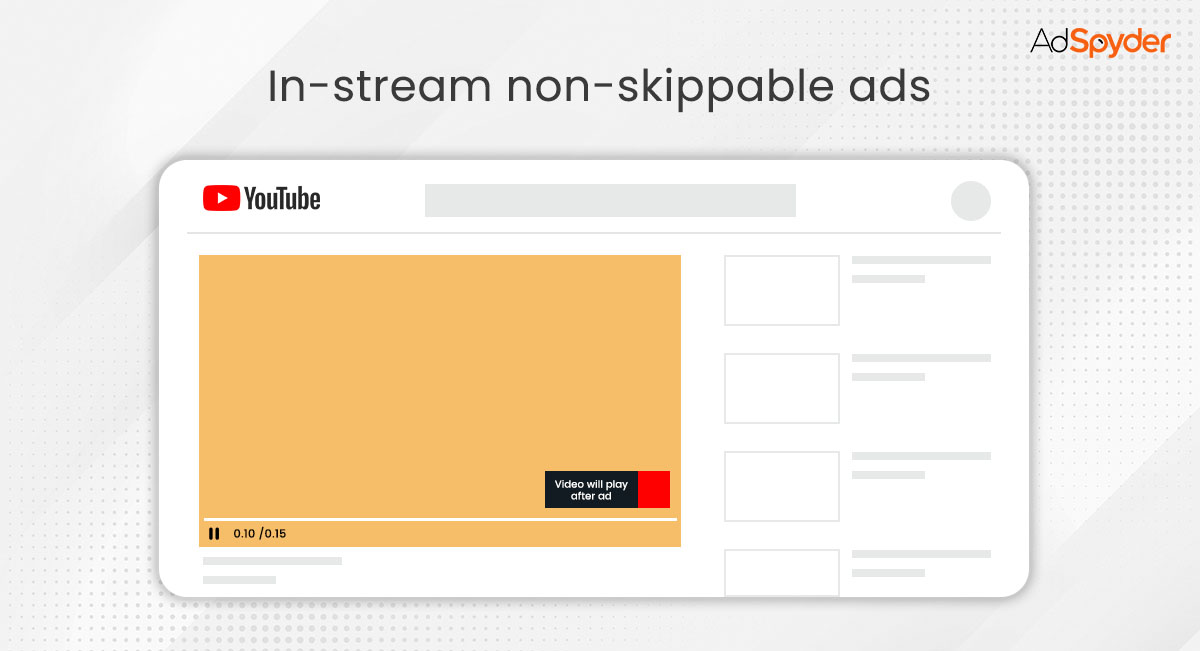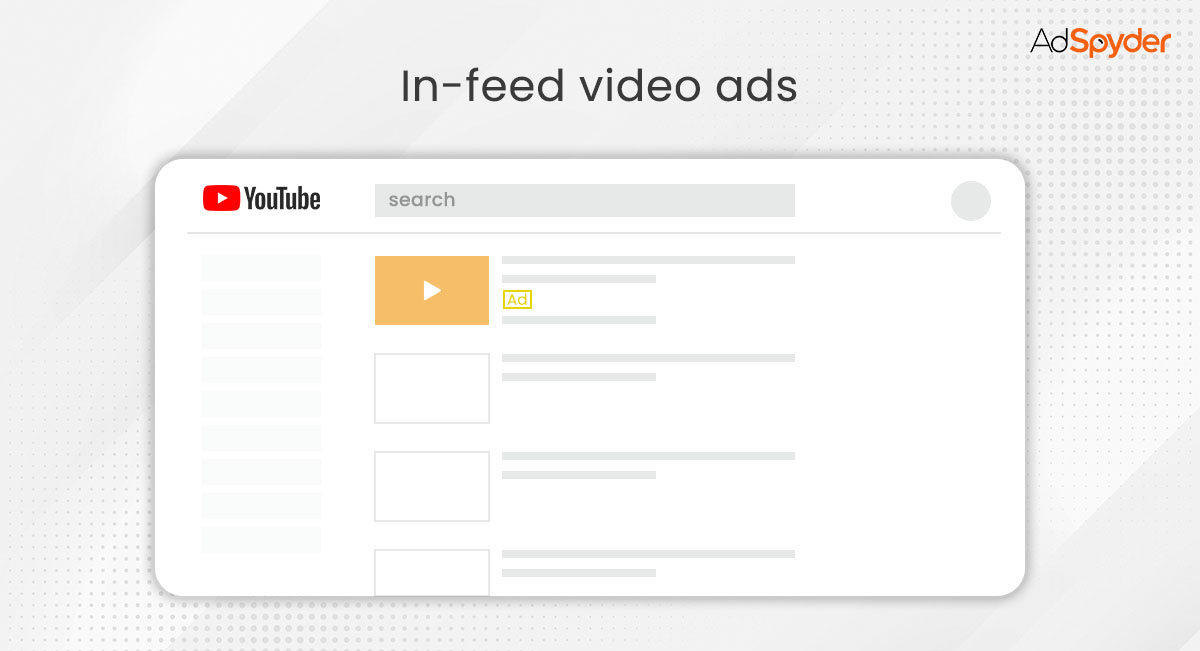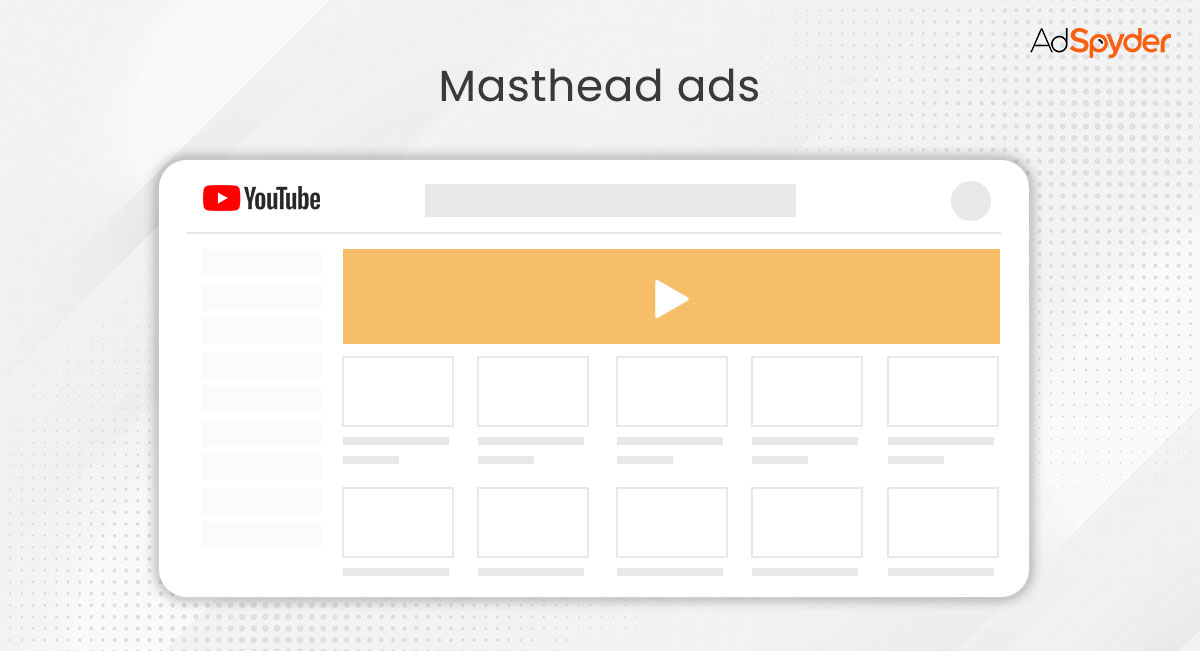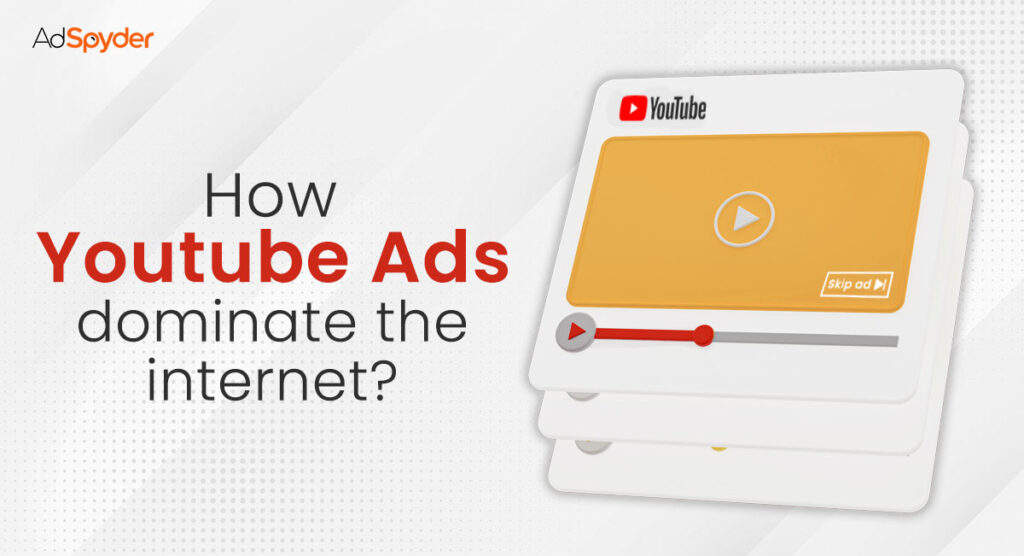Do you know how many subscribers the No. 1 Youtube channel has? The Indian music channel “T-series” stands in first place with more than 213 million subscribers. With nearly 2 billion active users worldwide, Youtube is one of the most visited platforms on the internet. Almost 42.9% of all internet users access Youtube monthly. Youtube is the internet’s second most popular social media platform, trailing only Facebook. With the huge number of people visiting this platform every day, Youtube is considered one of the most successful ways to reach people and promote your product through Youtube Ads.
Ready to Elevate your Marketing Strategy?
How much does Youtube make through its Ads?

According to statistics, Youtube’s estimated revenue from global advertising is around $28.84 billion in 2021 alone, making it one of the top companies in the world.
India has the most Youtube users (approximately 225 million), followed by the United States with 197 million. Among the top 10 biggest viewers, the United Kingdom averages the most views per person.
Quarterly, YouTube’s ad revenue is over $7 billion, where on average the individual creators receive between $3–$5 per 1000 views.
Why should we invest in Youtube Ads?
The average age of YouTube users is 15–30 years old, and women outnumber men globally. With such a highly valuable user base, along with its immense buying capability, the Youtube platform is considered to be the most influential marketplace in the world. Tanishq’s Diwali ads show the power of targeted video campaigns
Youtube ads reach customers by accurately targeting them based on their needs. Therefore, resulting in more conversions along with huge profits. In 2020 Apple Inc spent around $ 237.15 million for promoting their product using Youtubes Ads and in return, they made huge profits in the following years. That’s how powerful Youtube Ads are.
How do Youtube Ads work?
Ever since Google bought YouTube in 2006, several updates have been made to the platform to be ad-friendly. Google collects all user information, such as browser and search history, geographical data, and so on. After that, with the help of Google’s machine learning algorithm, ads are personalized to the customers based on the collected user information. Video marketing in healthcare boosts audience targeting and conversions. Hence, targeting the right customer based on their needs. This results in great profit due to a high conversion rate.
Example:- If a cricket enthusiast watches cricket videos regularly, then the algorithm will automatically detect this information and start to display ads for products like a cricket bat, gloves, and other sports gear. Since this user will most likely show an interest in buying these products, companies make an immense profit using Youtube ads.
The most important advantage is that our budget and expenses for publishing the ads on Youtube can be easily monitored and customized using Adwords and Adsense.
Types of Youtube ads
There are mainly 5 types of YouTube ads…
- In-stream skippable ads
- In-stream non-skippable ads
- In-feed video ads
- Bumper ads
- Masthead ads
In-stream skippable ads

This type of ad can be used when you want to play your ads before, during, or after other videos. However, after 5 seconds, the viewer has the option to skip the ad. Dropshipping via Oberlo gains visibility with Youtube video ads
In-stream non-skippable ads

This type of ad is 15 seconds or shorter, and it can be used when you want to play your ads before, during, or after other videos, but the viewers don’t have the option to skip your ad.
In-feed video ads

This type of ad can be used when you want to display your ads on Youtube search results, alongside related Youtube videos, as well as on the Youtube mobile homepage.
Bumper ads

This type of ad is only 6 seconds or shorter, and it can be used when you want to play your ads before, during, or after other videos, but the viewers don’t have the option to skip your ad.
Masthead ads

This type of ad appears on top of the Homepage of Youtube which is 30 Seconds or shorter with the audio on mute. The viewer as to unmute that ad to listen to it. This type of Ad can be used when you want to drive awareness for a new product or service or reach a massive audience in a short period (for example, a sales event).
However, this Ad can only be done by reservation through a Google sales representative.
Which YouTube Ad Format is Best?
The best YouTube ad format depends on your campaign goals and budget. Different ad formats serve distinct purposes, from increasing brand awareness to driving conversions. Here’s a table comparing each format based on use case, engagement, and cost-effectiveness.
| Ad Format | Best For | Key Features |
| In-stream Skippable Ads | Maximizing reach with budget control | Skippable after 5 seconds, pay only if viewed for 30+ seconds. |
| In-stream Non-Skippable Ads | Driving high engagement with full views | 15-second max, must be watched in full, ideal for short impact. |
| In-feed Video Ads | Increasing organic engagement | Appear in search results or suggested videos, boosts discovery. |
| Bumper Ads | Delivering quick brand messages | 6-second non-skippable, ideal for concise, memorable branding. |
| Masthead Ads | High-budget campaigns with mass exposure | Homepage placement, perfect for large-scale brand awareness. |
Each format has unique strengths, and choosing the right one depends on whether you prioritize reach, engagement, or direct conversions.
Analyzing YouTube Ad Performance Metrics
Here is a list of metrics to track for your YouTube ads performance and its importance:
| Metric | Definition | Why It’s Important |
| View Rate | Percentage of viewers who watched the ad to a certain point (e.g., 30 seconds). | Indicates engagement and content relevance; higher view rates show more captivating ads. |
| Click-Through Rate (CTR) | Percentage of viewers who clicked on the ad after viewing. | Measures the effectiveness of the ad’s call-to-action (CTA) and viewer interest. |
| Conversion Rate | Percentage of viewers who took a desired action (e.g., sign-ups, purchases). | Shows how well the ad drives business goals like sales, downloads, or sign-ups. |
| Cost Per View (CPV) | The average cost paid each time someone views your video ad. | Helps manage budget by ensuring you’re paying efficiently for each view. |
| Watch Time | Total amount of time viewers spend watching your video. | Longer watch times indicate more engaging content, which YouTube favors for ad ranking. |
| Bounce Rate | Percentage of users who leave your site after clicking the ad without engaging further. | Highlights the effectiveness of the landing page and ad relevance. |
| Engagement Rate | Measures interactions like likes, comments, shares on the video. | Shows how engaging your content is and can enhance organic reach. |
Ad Frequency and User Experience
Controlling ad frequency is critical for maintaining a positive user experience on YouTube. Ad fatigue occurs when viewers are exposed to the same ad too often, leading to frustration and reduced engagement. It can cause reduction in ad viewing and skipping, which ultimately defeats the purpose of your ad. To avoid this, brands should monitor how frequently their ads are served to individual users.
- Optimal Frequency Caps: Implement frequency caps to limit how often an ad is shown to the same person. This keeps your message fresh without overwhelming the viewer.
- Diversifying Ad Content: Rotate ad creatives regularly to keep users engaged and prevent them from becoming indifferent to repetitive content. A variety of messaging helps maintain interest and avoids brand fatigue.
- Measuring Viewer Retention: Monitor how viewers respond to ad frequency by analyzing metrics like watch time, skip rates, and engagement rates. High skip rates may indicate that users are seeing the ad too often.
- Balancing Reach and Frequency: Striking a balance between reaching new audiences and ensuring enough exposure for message retention is key. Use advanced targeting and audience segmentation to deliver ads to fresh prospects without oversaturating specific groups.
By carefully managing ad frequency, brands can maintain a positive user experience on YouTube, ensuring their ads remain effective without overwhelming viewers. Frequent ad variations, frequency capping, and monitoring retention metrics help optimize both user satisfaction and ad performance.



